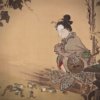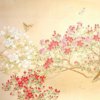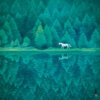Maruyama Iwane: A Japanese-Style Painter Who Was Influenced by the Gorgeous Pictures in the Momoyama Period
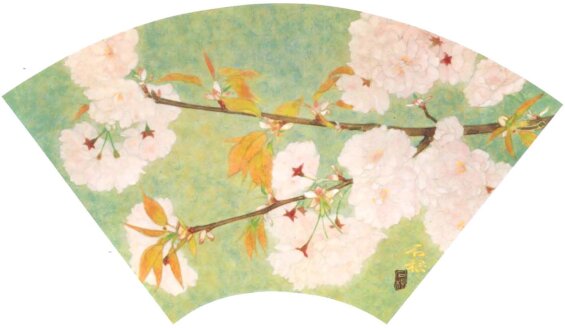
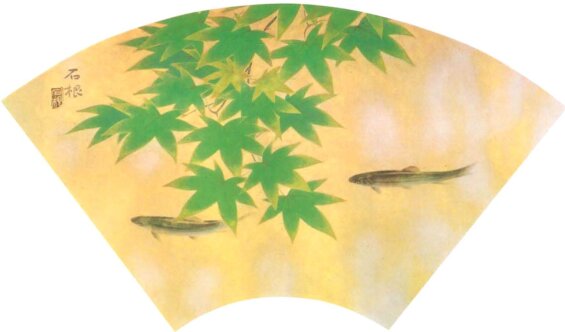
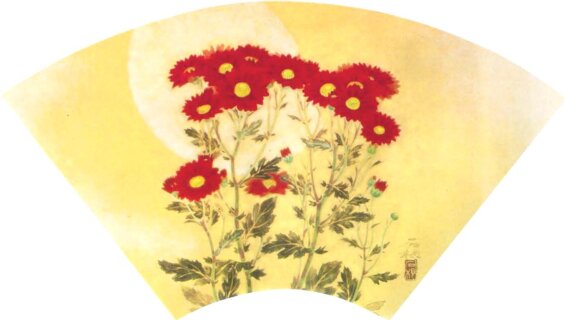
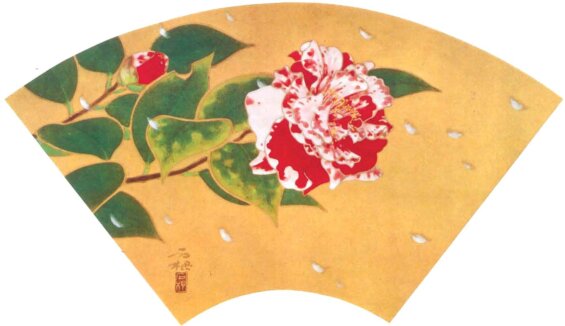
Maruyama Iwane was born in 1919 in Osaka Prefecture. His father was well knowledgeable about Japanese-style painting. That could be the reason why he followed the course to enter and graduate from Kyoto City School of Arts and Crafts, and Kyoto City Specialist School of Painting, which many Japanese-style painters treaded. While he studied the basics of sketching at Kyoto City Specialist School of Painting, he attended Nakanoshima Western Painting Institute in Osaka to try to master drawings. Maruyama Iwane did not belong to any painting organizations for his creative activities. After the World War II, he studied under Nakamura Gakuryō. Gakuryō was a person who tried to express new Japanese-style paintings based on the painting style of the traditional Tosa school. Although Maruyama Iwane spent many years devoting himself to study the painting together with many talents who were disciples of Nakamura Gakuryō, he was spending many times to study the classics staying in his atelier in Osaka after Gakuryō passed away in 1969. The one conclusion that he reached was the world of painters who arranged flora and fauna in venturous manners with *dami-e painting style magnificently and gorgeously on a large screen of gold wall paintings in the Momoyama period. It was a picture that had richly decorative and opened style characteristically. The origin of Maruyama Iwane’s bird-and-flower painting rooted in the world of the Momoyama painting.
- Dami-e: A style of painting that employs bright and strong colors, particularly mineral pigments such as ultramarine gunjō 群青 or copper green rokushō 緑青, that are applied thickly to a gold or silver foil background. Dami-e was popularly employed for screen and sliding door paintings of the Momoyama period when interest in castle-building increased the popularity of large, brightly colored decorative paintings. This style came to represent the period and was widely disseminated in the screen paintings of temples and wealthy residences.
Looking at the fan surface which flowers and trees of every season are depicted in the picture, “Reijitsu (Glorious Spring Day)” depicts double cherry blossoms that bloom abundantly during the best season in spring at its height. Although it is a picture that drew a branch of the cherry blossoms in full bloom in the limited form of a traditional fan, it also suggests the expanding spatial world beyond the screen. It is a traditional way of Japanese bird-and-flower painting to show the world that expands one after another by drawing the one end. “Ryōfū (Cool Breeze)” can spread the refresh feeling of green maples to the persons who see the picture, ” Saigiku (Colorized Chrysanthemums)” depicts the moon and the small chrysanthemums that bloom the crimson flowers symbolically, which can make us feel a clear autumn air, and “Fūka (Snowflakes coming on wind)” depicts the camellia that blooms in the cold weather with the flowers and leaves glamorously, which can make us feel rather the dignified and intense world of cold air.
Bird-and-flower paintings basically capture sceneries of each four seasons beautifully and send them to people. It brings the breath of nature to some closed spaces. The bird-and-flower paintings that Maruyama Iwane drew showcased the traditional characteristics of such bird-and-flower paintings in the modernization of Japanese-style painting.
He passed away in 1999.

